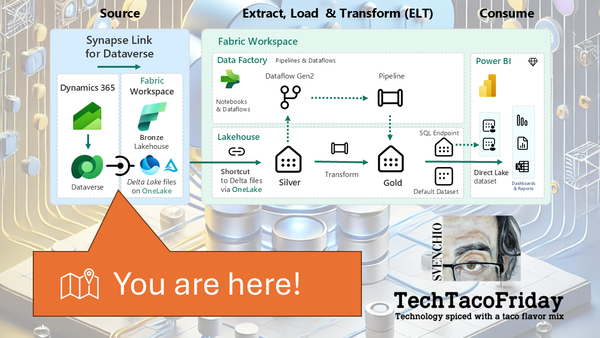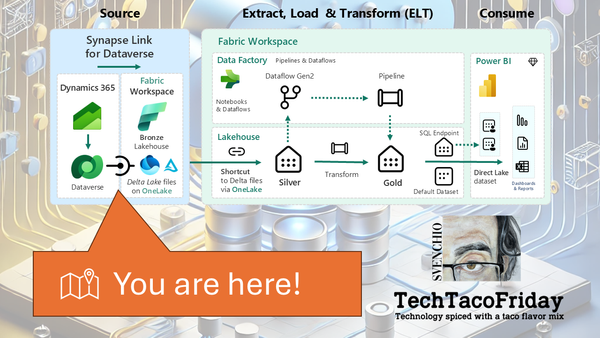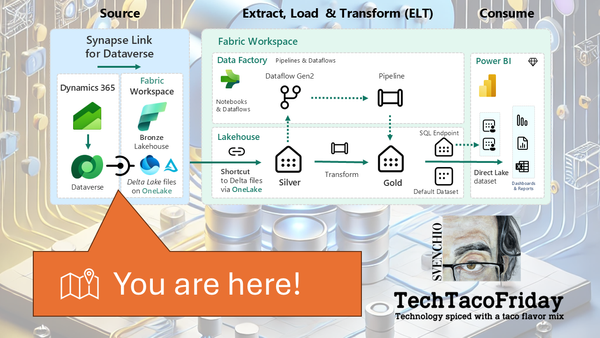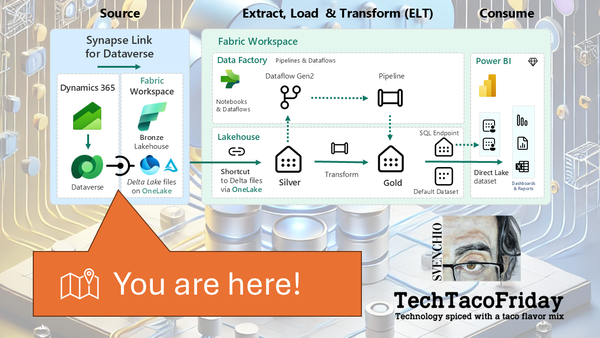Navigating the Shift from Synapse to Fabric
Navigating the Shift from Synapse explores the challenges enterprises face when evaluating their next data platform. From cost predictability vs. pay-as-you-go to performance; I share insights from a Fabric Data Analyst in a Day, where the debate between Fabric and Databricks took center stage
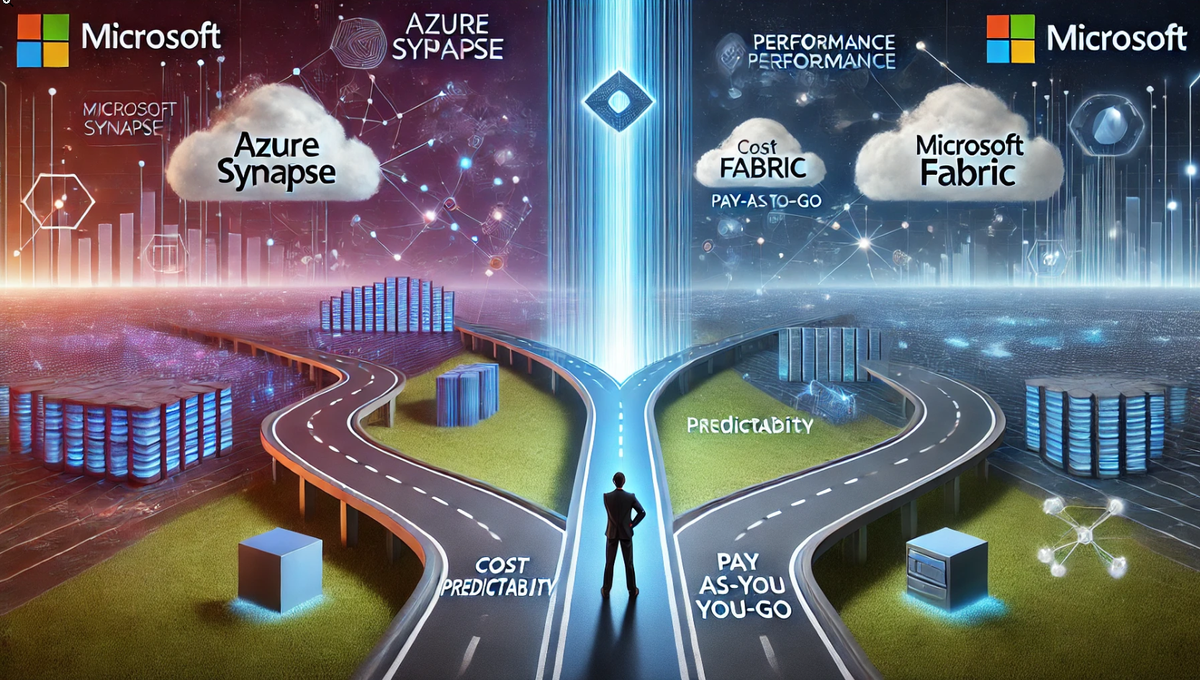
Navigating the Shift from Synapse to Fabric
The migration from Azure Synapse to Microsoft Fabric is a topic that many enterprises are actively exploring. During a recent Fabric Data Analyst in a Day workshop with a Swedish pension and insurance company, the discussion largely centered around key concerns shared by many organizations: cost model predictability vs. pay-as-you-go, Fabric as a SaaS, and performance guarantees.
These discussions reflect a broader industry trend—companies are weighing the benefits of Microsoft Fabric’s integrated, capacity-based pricing model against alternative solutions like Databricks, which offers more granular control over compute resources. Additionally, questions around performance consistency and how Fabric ensures seamless workload management remain at the forefront of these evaluations.
Key Learnings & Takeaways
1. Cost Model: Predictability vs. Pay-as-You-Go
One of the most debated topics was Fabric’s capacity-based pricing model, which provides predictable monthly costs but lacks a true consumption-based (pay-as-you-go) option. Organizations accustomed to the flexibility of Databricks or other Azure services often perceive Fabric’s pricing structure as a potential drawback.
Concerns raised during the workshop:
- Is Fabric’s capacity model more cost-effective than Databricks for variable workloads?
- How does capacity scaling work in practice to optimize costs?
- Can organizations avoid over-provisioning and ensure cost efficiency?
While Microsoft Fabric simplifies billing by integrating compute and storage costs, some companies remain hesitant. The argument for Databricks often revolves around granular cost control, where organizations can scale Spark clusters as needed, paying only for active workloads.
2. Fabric as a SaaS and Performance Guarantees
A major shift when moving to Fabric is its SaaS-based resource management approach. Unlike Synapse or Databricks, where users manually configure compute resources (e.g., Spark clusters), Fabric abstracts much of this complexity by dynamically allocating resources within the purchased capacity.
Key concerns raised:
- How does Fabric guarantee performance if users cannot directly manage compute resources?
- What happens under heavy workloads? Does performance degrade?
- Can Fabric dynamically allocate more resources when needed?
At a recent conference, Microsoft addressed these concerns by explaining how Fabric uses bursting and smoothing techniques for both cost and performance management.
This means that regardless of whether a company is on a small or large capacity SKU, Microsoft ensures that workloads execute with the same level of performance, leveraging backend optimizations to handle workload spikes. Unlike traditional infrastructure-based solutions, where performance fluctuates based on available resources, Fabric’s capacity model ensures stability across all workloads.
Final Reflections: The Migration Dilemma
For organizations evaluating Synapse-to-Fabric migration, the decision ultimately boils down to cost control vs. performance predictability. While Fabric offers an integrated experience with predictable billing and automatic performance optimization, Databricks provides greater control over resource allocation and more granular pay-as-you-go pricing.
Key recommendations for organizations making this transition:
- Conduct a detailed cost-benefit analysis comparing Fabric’s capacity model vs. Databricks’ consumption-based pricing.
- Understand how Fabric’s workload management optimizes resource allocation behind the scenes.
- Leverage Microsoft’s guidance on capacity scaling to ensure cost-efficient deployments.
As companies navigate the shift from Synapse to Fabric, these discussions will continue to shape how organizations balance cost, performance, and operational flexibility in their modern data platforms.
